What is Line and Wash?
Line and wash, also called “pen and wash” or “ink and wash,” combines line work and washes of paint to create a hybrid between a drawing and painting. It often results in an illustrative look that I adore. Here’s an example by the incomparable Arthur Rackham from “Peter Pan in Kensington Gardens” (1906).
Most line-and-wash artists use permanent ink (waterproof once dry) and transparent watercolors so the ink lines stay visible. But the reason I prefer the term “line and wash” is that it’s not prescriptive about the mediums or tools.
The Gateway Painting
Normally I’ll dive into a new style without too much hesitation, but not so with line and wash.
Like Arthur Rackham, some of the artists I admire the most were master illustrators, and I was desperate not to be completely hopeless at inking lines. But even with the bar set as low as it could go, I was reluctant to try.*
Then one day last autumn I painted a chipmunk on a decaying stump using watercolors. Even though it’s not a line and wash, it’s clear I emulated ink lines with a fine brush, especially on the stump. I only noticed what I was doing as the painting emerged.
It was time.
*I find this particular hang-up inexplicable because it’s not as though admiring Leonardo Da Vinci’s work ever stopped me from sketching or painting horribly.
Two Sketchbook Works
I opted to use softer browns and greys to ink the lines of this wren. Luckily, I was able to find the right shades in fineliner pens that I liked — Pigma Microns and Copic Multiliners. In keeping with tradition, I used watercolors for the wash.
Although this was my first proper line and wash, I later realized my first watercolor painting ever was also a line and wash of sorts, mostly because I had no idea what I was doing at the time.
For this sketchbook experiment, I tried a bolder graphic style with black lines, which is probably the most typical color used. The bright yellow swish was done using acrylic ink, and the heron was painted with watercolors.
The reason the background isn’t bleeding through the lightest areas of the bird is because I judiciously “erased” the yellow ink under the bird with white ink. This method might only work for smaller paintings though, because watercolors have trouble sticking to heavy applications of ink.
Which Comes First? The Line or The Wash?
I prefer starting with a pencil drawing followed by a light wash, because my line work is still too rigid due to lack of experience. If I’m not careful I end up with something that looks like it was done for a coloring book.
But there’s no right or wrong here. If you have more experience with drawing, you might find it natural to start with ink, whereas if you’re used to painting, you might feel at ease putting down a layer of paint first.
After the initial wash, I find what works best for me is alternating between ink and paint. Each has the opportunity to inform the other, and I feel this interplay helps create work that’s delicate yet defined.
For this painting of a Black-crested Titmouse and a trillion berries, I filled a handful of empty pens (Kuretake Karappo) with ink colors I mixed myself because I couldn’t find the exact colors I wanted off the shelf. If this doesn’t seem like a perfectly reasonable thing to do for a single painting… what can I say?
The berries made me do it.
I returned to brown and grey inks for this cat and goldfish. I’m particularly fond of the goldfish, because I think I managed to strike the right balance between ink and wash.
A Final Note
One of the side effects of committing to experimentation over finished works is that my shareable output is starting to decrease a bit, and I’m a slow painter to begin with. Maybe it isn’t possible to grow readership if you can’t maintain a robust posting schedule. But I’m still here, plodding away like the proverbial tortoise.
Thanks so much, as always, for your support. And please do ask questions if you have any! They are my favorite kind of comment, along with hearing about your own art experiences.





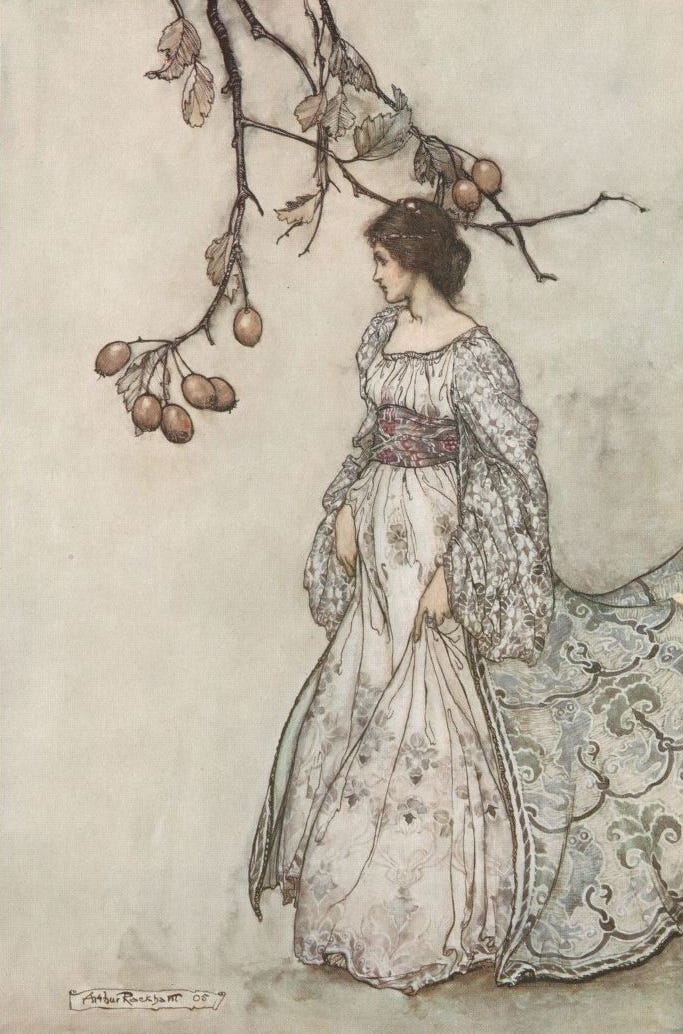
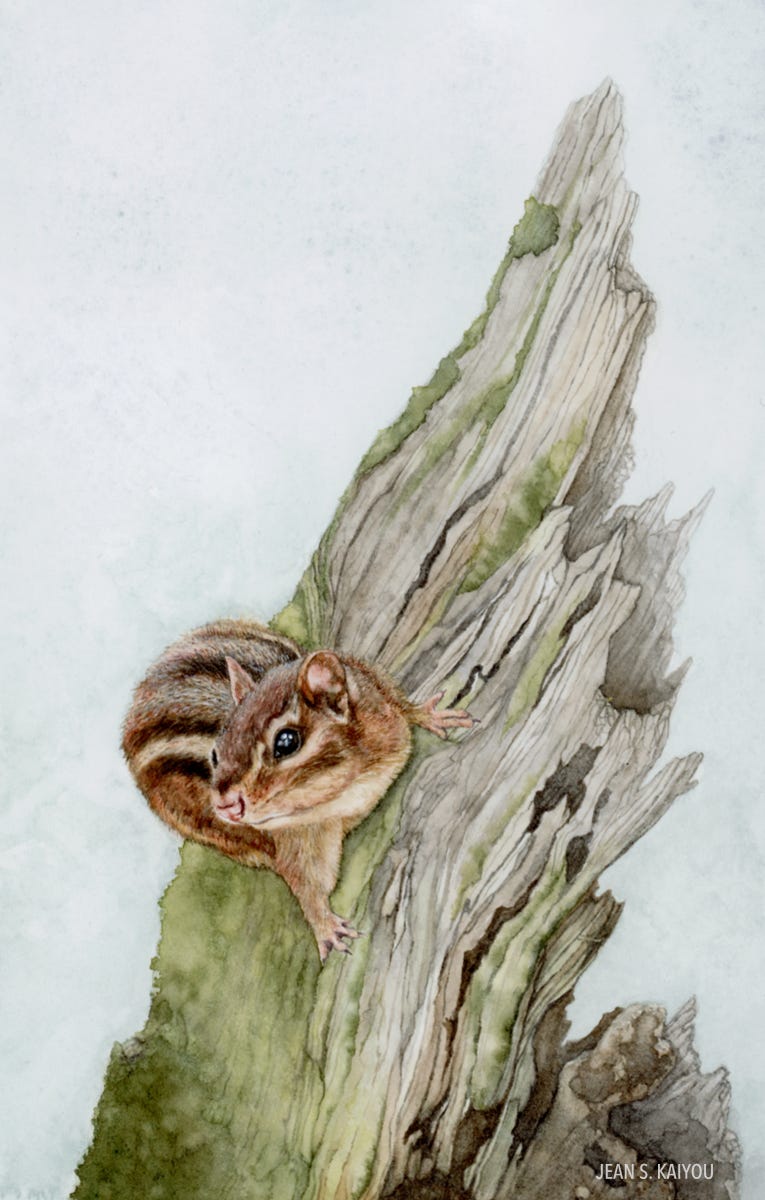

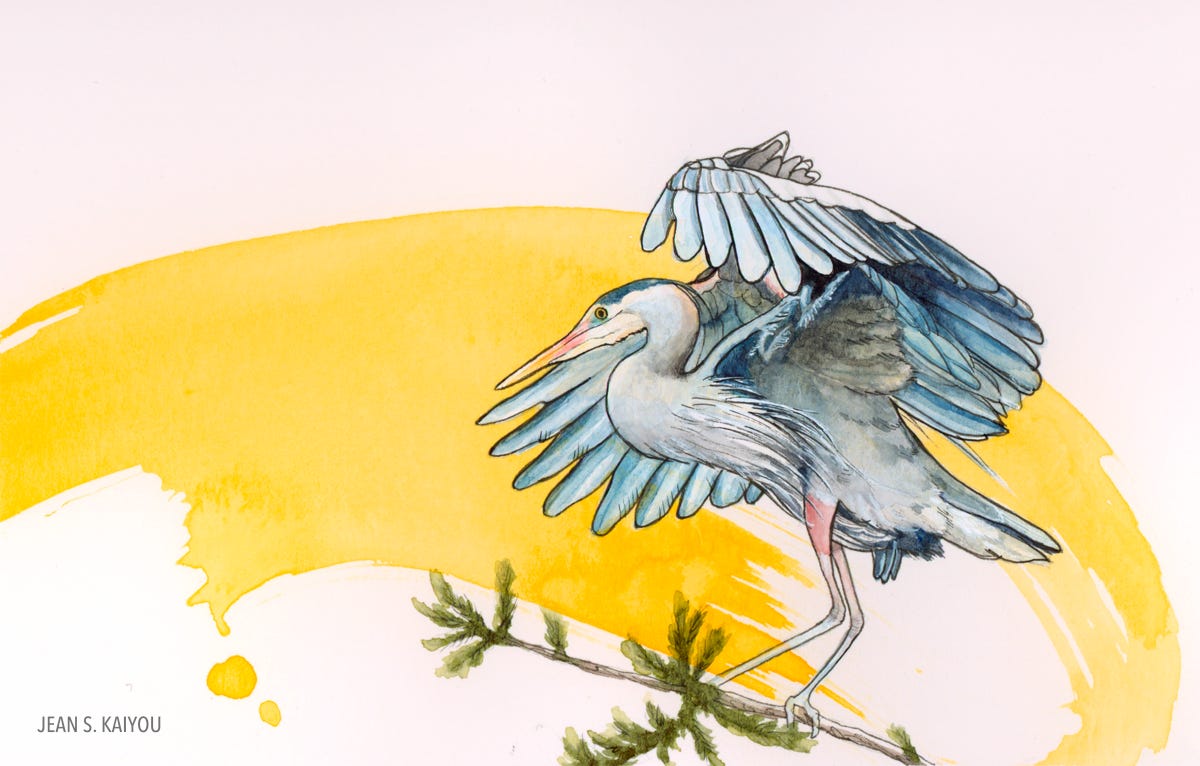
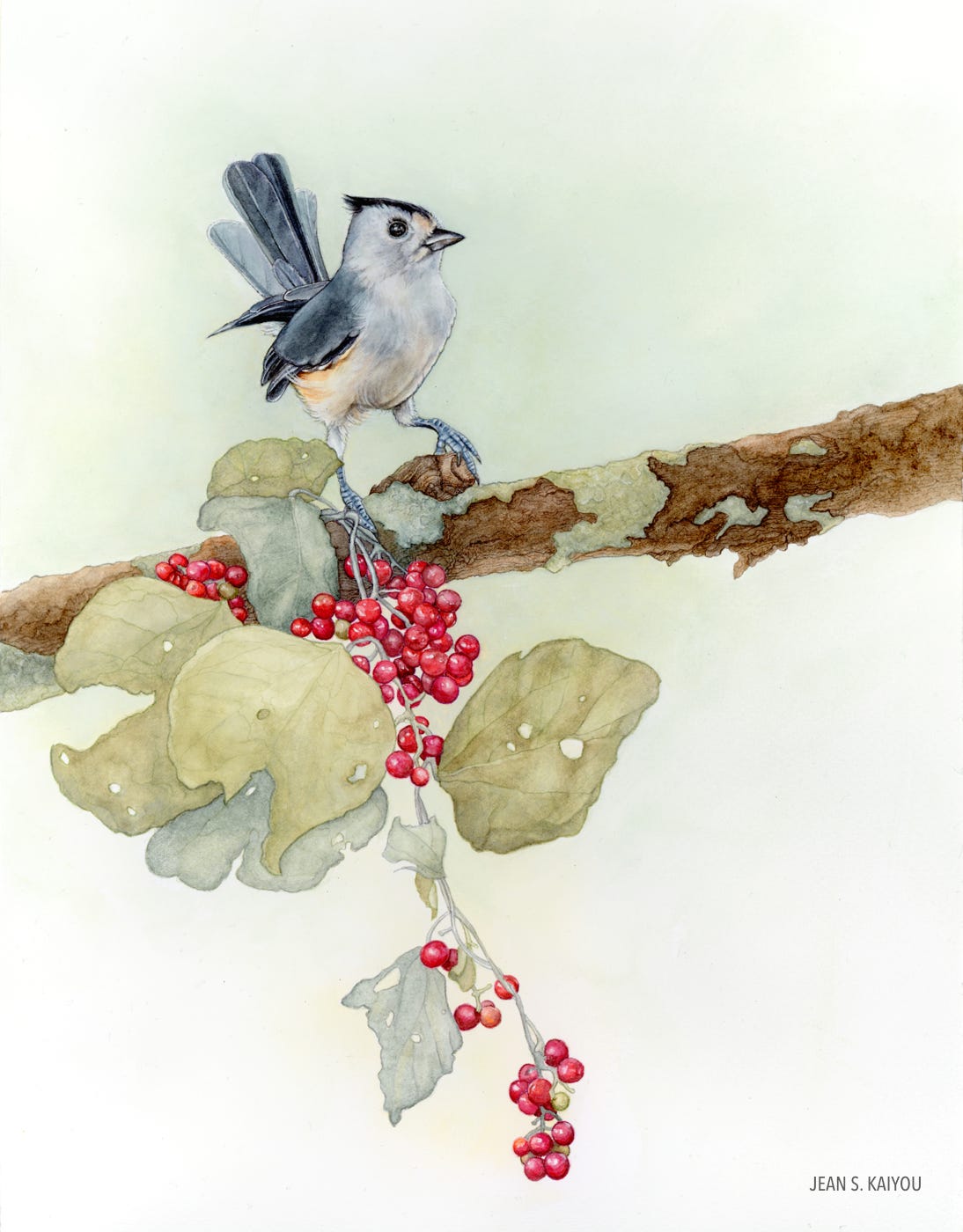
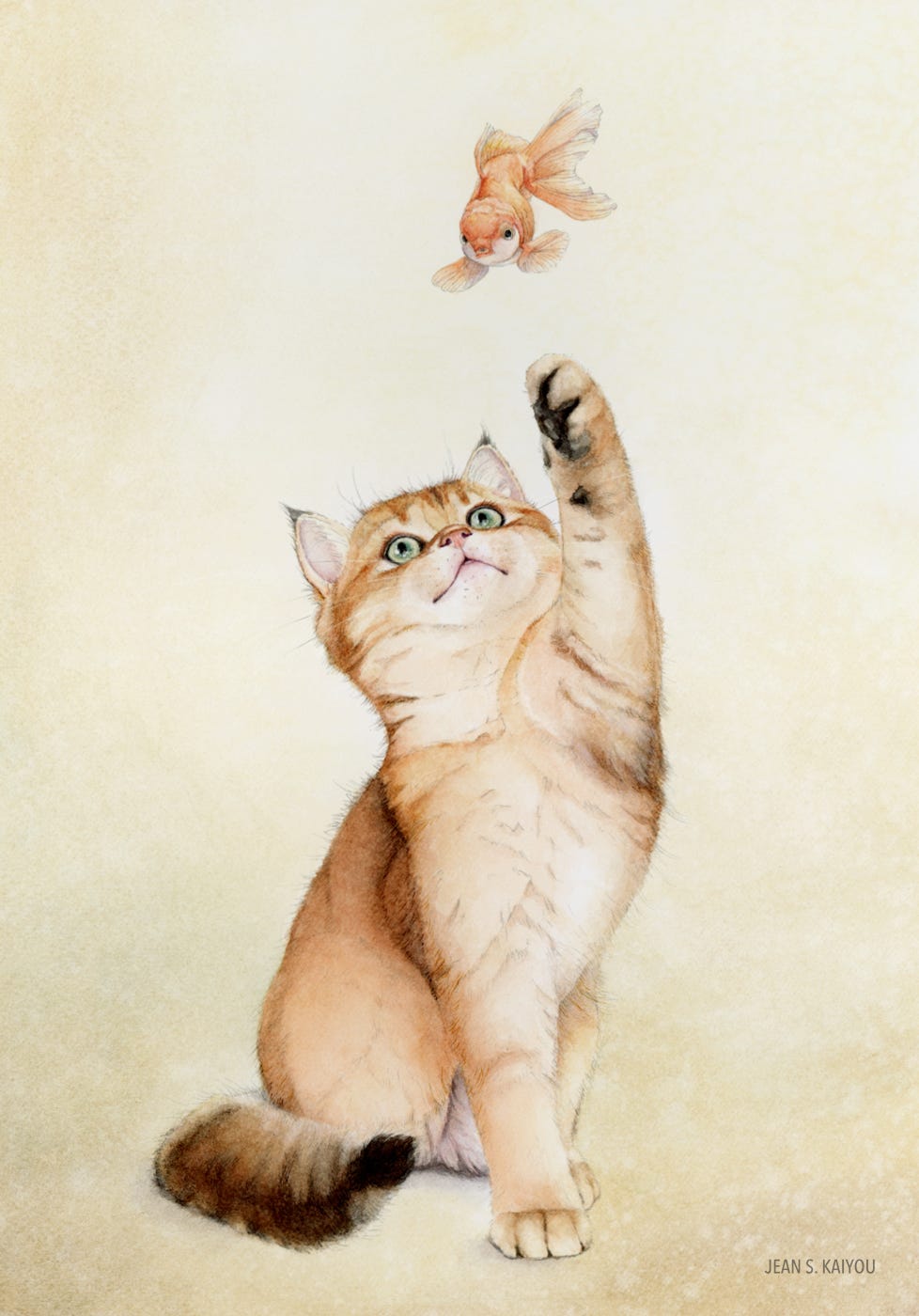
Perfect post for me on this day that I begin a commission piece that I’ve been envisioning in this style. I’m not accomplished with watercolor, but that was the request. Have done some ink and wash with black ink and watercolor (black lines too bold for the work I envision), but your examples and ink recommendations are spot on! Thanks for such clear writing and inspiring photos. Your work is so very beautiful and now I’m feeling more confident about approaching my own. Thank you! P. S. I have ALWAYS loved illustration!
Beautiful work and I like your commentary. Line and wash is what inspired me to want to learn watercolor to begin with -- Beatrix Potter as a child, illustrations in The Little Golden Books, etc. Your technique is so exquisite that I hardly even see any lines at all. I am curious what pen and ink type you use for the greys. Thank you!